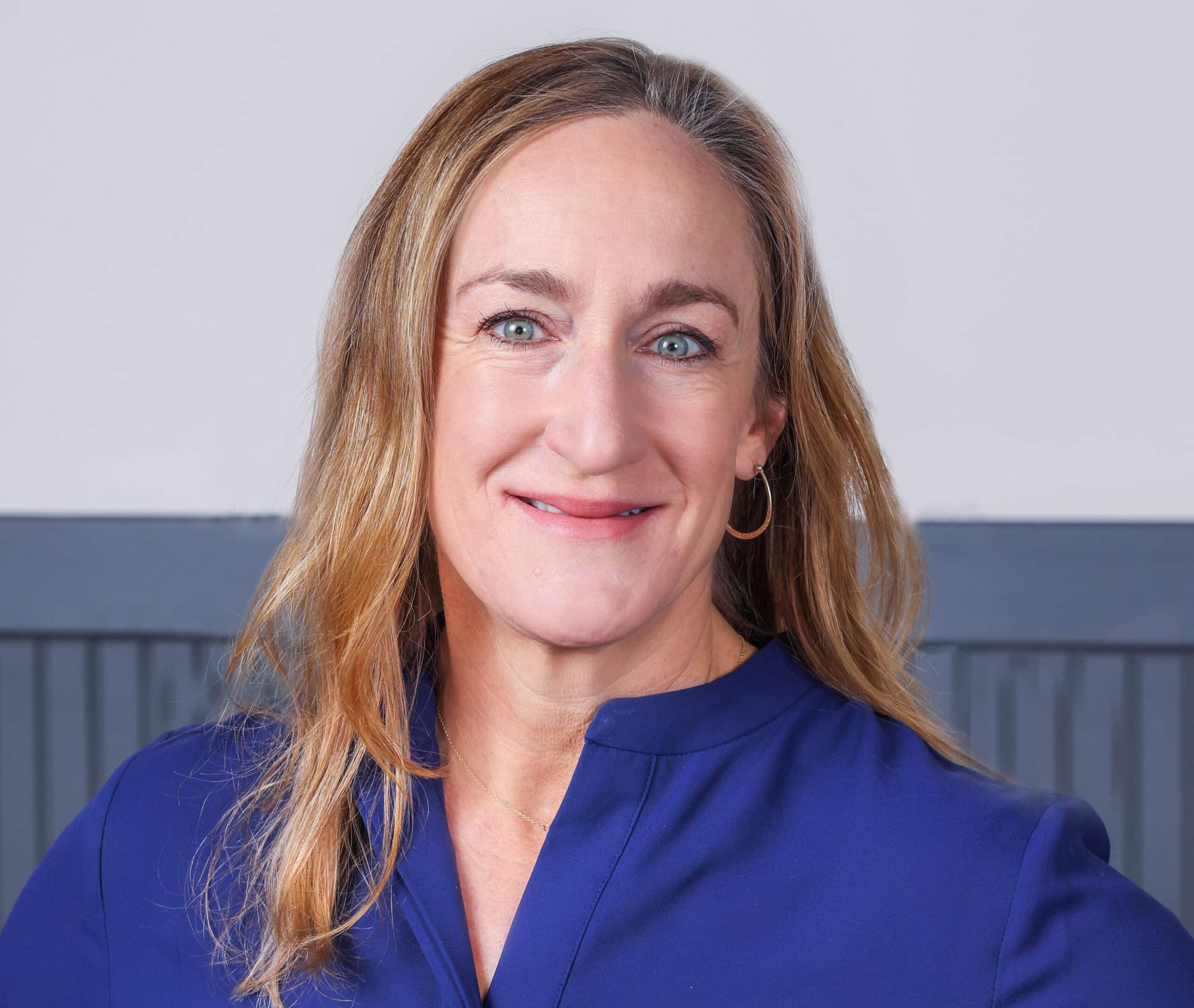What you’ll learn in this two-part series:
- Actions your company can take to create a credible carbon offset strategy
- Mistakes companies are making that you can avoid
Intro
In the first part of this two-part series, Carbon Offsets: Why I Haven’t Given Up, I warned readers not to double down on their existing offset strategies, given the mixed messages and controversy coming about offsets. Instead, I promised you actionable recommendations to manage your risk and take advantage of the opportunities to build a credible offset strategy. That’s what I cover below.
Both of these things are true:
- Your company’s lawyers have every reason to want to avoid creating a carbon offset strategy.
- Your company can get ahead of the inevitable growth of this space now—while there’s so much confusion—through building a flexible, credible offset strategy.
Actions to take
As with all things sustainable, the goal isn’t to avoid critiques; it’s to create a strategy that is resilient and credible when it comes under scrutiny—which it will. Here are your action items:
- Offsets should be “last but not later.” H/T to Alexia Kelly, whom you’ll hear in the upcoming Energy Thinks podcast, for this catchphase. The gist: Carbon offsets should not be the center of your company’s decarbonization strategy. Instead, they can be a valuable supplemental tool for you to address hard-to-abate emissions. As such, they complement your direct emission reduction efforts—and both should be undertaken ASAP, with vigor.
- The goalposts will move, so track them. Our understanding of—and the consensus on—what makes a high-quality offset will continue to evolve. For this reason, we actively monitor changes to carbon offset standards with our clients. Want to get oriented? Start with the Core Carbon Principles (CCP) to understand the defining characteristics of a high-quality offset. Then keep your feet fast and ready for what comes next by following updates from the Integrity Council for the Voluntary Carbon Market. Later this year we expect the Integrity Council to identify carbon offset programs that are CCP-eligible.
- Move toward the light! You’re going to have to provide transparent and comprehensive disclosures about your carbon offsets. Regulators are embracing a more hands-on role, and company lawyers are nervous about their legal risks. So plan for and embrace expectations for transparency by compiling robust disclosures that substantiate your company’s offset purchases or generation of carbon credits. Key information for you to document includes the carbon program and registry, amount of emissions reduced or avoided, project developer, location of the project, and safeguards put into place to protect communities near the project. At Adamantine, we’re watching for guidance issued by regulators, such as the Commodities Futures Trading Commission, the Federal Trade Commission, and the Securities and Exchange Commission; they may ultimately specify disclosure requirements.
- Look for bed bugs before hopping in. Companies will need to choose their partners carefully. Before committing to a carbon offset program or a project developer, assess its reputation, how formal engagement with it would reflect on your company, and the outcomes of its previous partnerships.
Mistakes to avoid
Our clients are grappling daily with internal struggles over offsets and environmental justice (EJ), the negative coverage offsets are receiving, and the general confusion and controversy around offsets now. Here’s how we recommended they (and you) should frame these challenges:
- EJ will be front and center—so embrace it. A legitimate critique of offset programs is that they can set up a “pay to pollute” system in under-resourced communities. The burden of proof will be on project developers (and their partners) to demonstrate that engagement with and safeguards for local communities are embedded in projects’ methodologies and execution. So carbon offset developers will need to interact with EJ communities early and often—and through the duration of a project.
- Don’t fret about the negative coverage and pushback. Although opposition to offsets is currently the height of fashion, I believe the necessity to accelerate decarbonization will ultimately drive a more pragmatic consensus and approach. Rather than being defensive about your carbon offset use or retreating from offsets entirely, use today’s critiques to make your offset strategy better.
- See the confusion and opposition as opportunity. Many companies are doing nothing with offsets. And it’s very easy to take a pass when you see nothing in offsets but ambiguity, uncertainty, and controversy. But because the voluntary carbon market is on a trajectory toward clearer, robust, and accepted standards, smart companies will be leading—and therefore shaping—this effort.
Seize the day
Oil and gas companies should participate in building a high-quality, credible voluntary carbon market—one that aligns with existing industry competencies and encompasses oil-and-gas-adjacent technologies, such as direct air capture and carbon capture and storage.
Thanks to Kelsey Grant for her help in writing this edition.
Adamantine can help you devise a strategy around carbon offset use and identify potential partners and pathways for executing your strategy. Reach out for a consultation. If you like what you’re reading, please share this edition with three of your colleagues.
See you last, but not later,
Tisha

